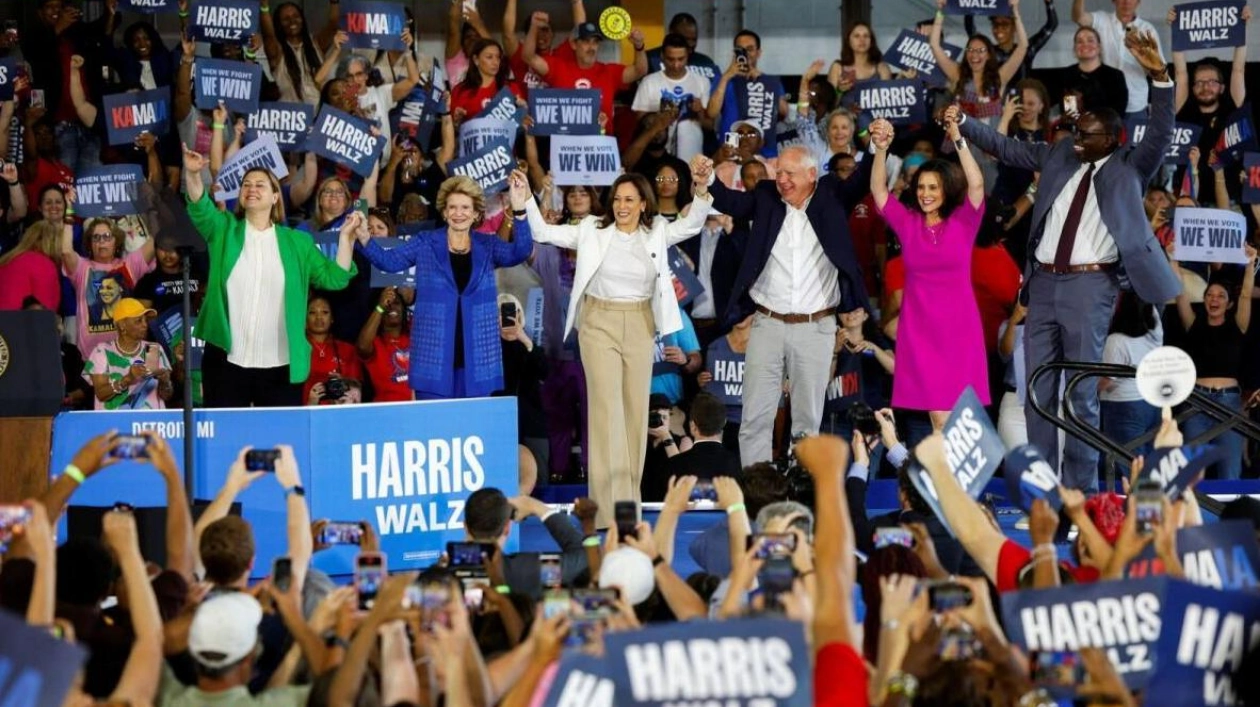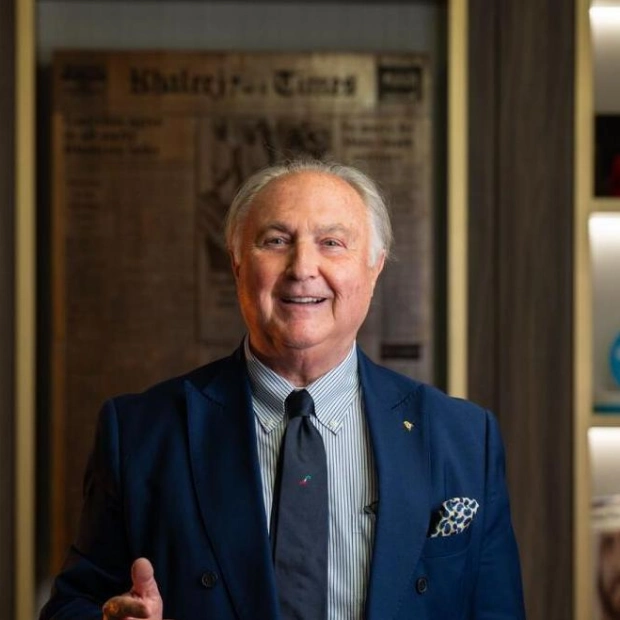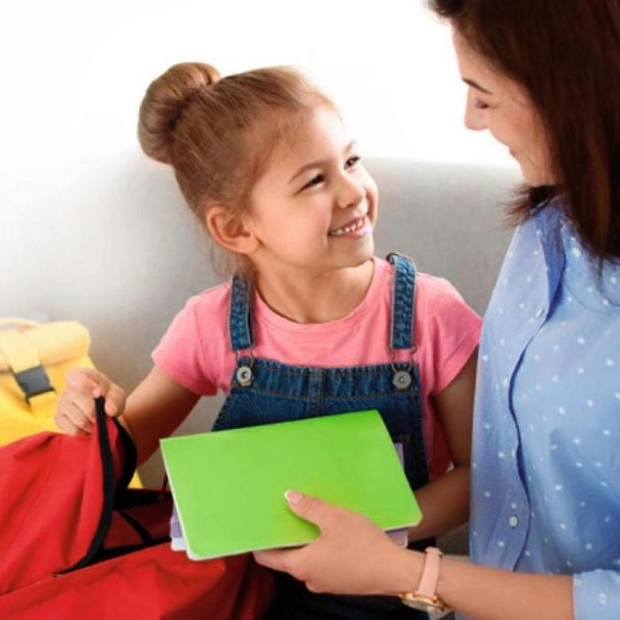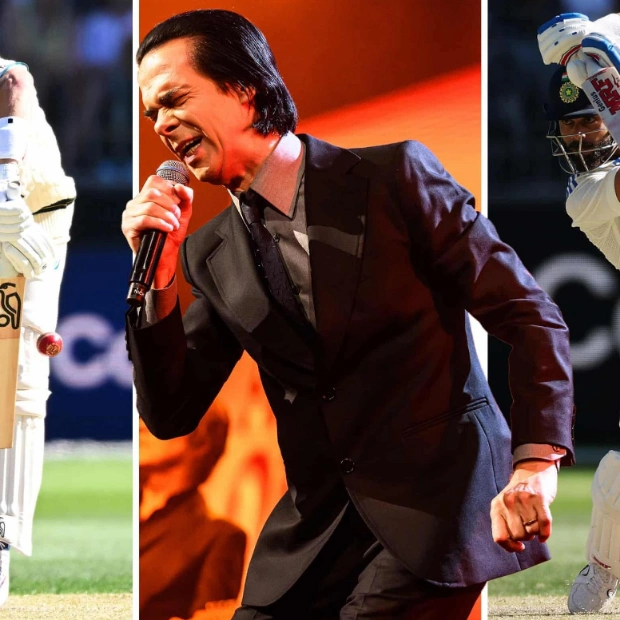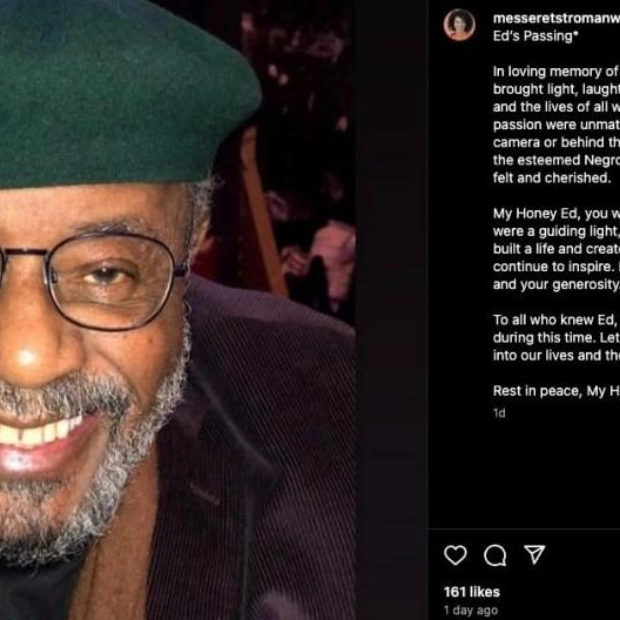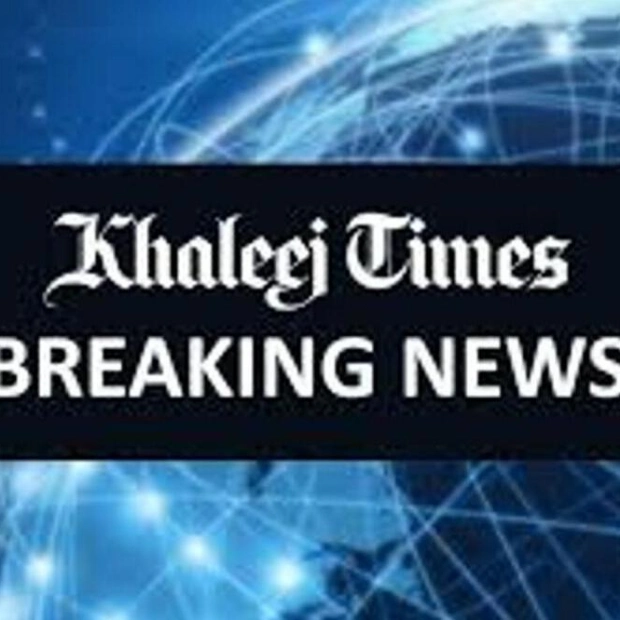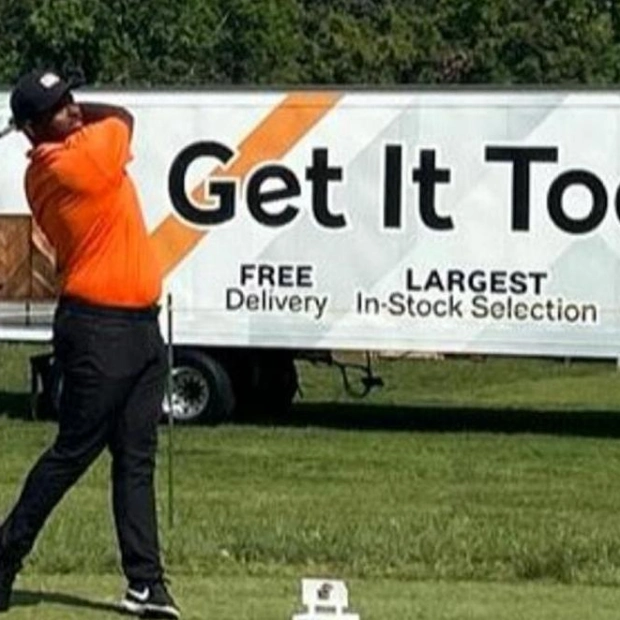Approximately 14,000 enthusiastic supporters filled a Philadelphia arena on Tuesday to catch a glimpse of their preferred candidate. The following day in Eau Claire, Wisconsin, a line of thousands waiting for a political rally extended over half a mile. These large, lively crowds were not in support of Donald Trump; they had gathered to witness US Vice-President Kamala Harris, who is rapidly ascending to the status of Democratic frontrunner.
"Everyone is really excited," said 46-year-old Kina Johnson, an employee at automaker Stellantis, to AFP on Wednesday at an airfield in Detroit, Michigan. A massive crowd, crammed into a hangar and overflowing onto the tarmac, awaited Harris and her newly announced running mate, Tim Walz. "I believe they will be larger and more positive," Johnson commented on the Democrats' campaign rallies. "It's a significant moment for women, this is making history."
Walz, the governor of Minnesota, was visibly impressed by the sea of supporters in Michigan, a crucial battleground state. Campaign staff estimated the crowd at 15,000 people, with Walz declaring it "the largest rally of the campaign." Such scenes of large American gatherings at Democratic events were more frequent during the Barack Obama era, when a charismatic young Black candidate broke barriers to become president.
Since Obama's presidency, such events have been exceedingly rare. Trump, keenly aware of the importance of crowd sizes, consistently highlighted the disparity during his campaign. However, with less than three months until a highly significant presidential election, this advantage has waned as Harris and Walz invigorate the Democratic base.
This surge in enthusiasm has led to attendance numbers far surpassing those of President Joe Biden's quieter crowds this election cycle, or during his victory in the 2020 pandemic-induced small gatherings. Biden and 2016 nominee Hillary Clinton could not match Trump's expansive, chaotic campaign events, which included overflow crowds, merchandise with provocative language, and dedicated supporters camping overnight for prime seats.
With Biden stepping out of this year's race, Trump's new rival quickly demonstrated her ability to compete in the rally size arena—a fact that clearly irked Trump. Harris filled a 10,000-capacity arena last weekend in Atlanta, Georgia, her first major rally since becoming the presumptive Democratic nominee. She enlisted two hip-hop stars to energize the crowd.
Four days later, Trump held a rally at the same venue with a comparable crowd size, immediately attacking "Crazy Kamala" and her "lots of empty seats." "I don't need entertainers," Trump told the crowd. "I fill the stadium because I'm making America great again. That's our entertainment." Trump, visibly agitated, accused the hosts of preventing an additional 1,000 guests from entering.
Trump's supporters have taken pride in his rallies attracting larger crowds than Biden in 2020 or Clinton in 2016, fueling doubts about the validity of the 2020 election results. Now that Harris is drawing crowds that rival or exceed Trump's, this justification for believing Trump is the favored candidate vanishes, according to Barry Burden, professor of politics at the University of Wisconsin-Madison.
Trump has capitalized on such advantages since the beginning of his political career. In 2015, he packed an Alabama football stadium with an estimated 30,000 people. As president, he delighted in using Air Force One as the ultimate campaign prop, arriving at rallies where awestruck supporters took cell-phone pictures.
On Wednesday, Harris emulated Trump's strategy by arriving at her Detroit rally aboard Air Force Two, the vice-presidential jet. Trump had monopolized patriotic imagery, and his campaign appearances were often accompanied by chants of "USA! USA!" The same chants were heard at Harris's lively Philadelphia rally, a rarity at the more subdued events of Biden.
